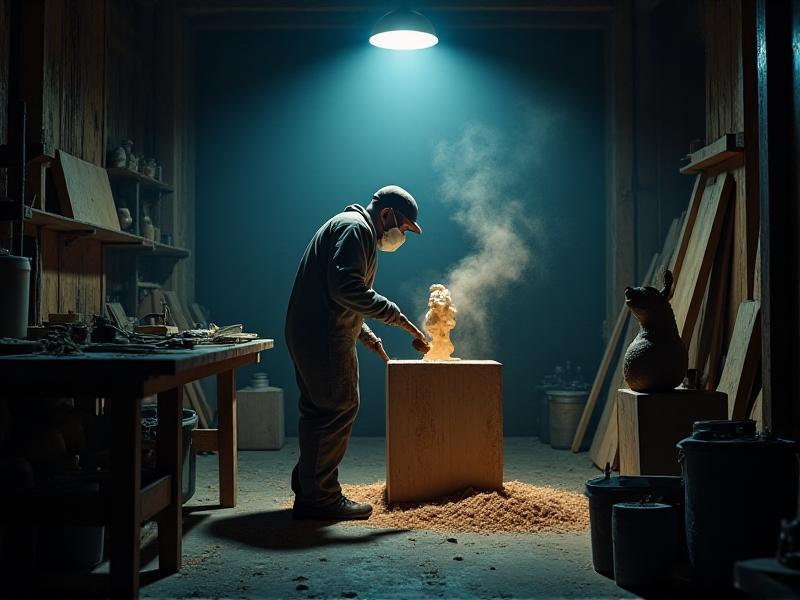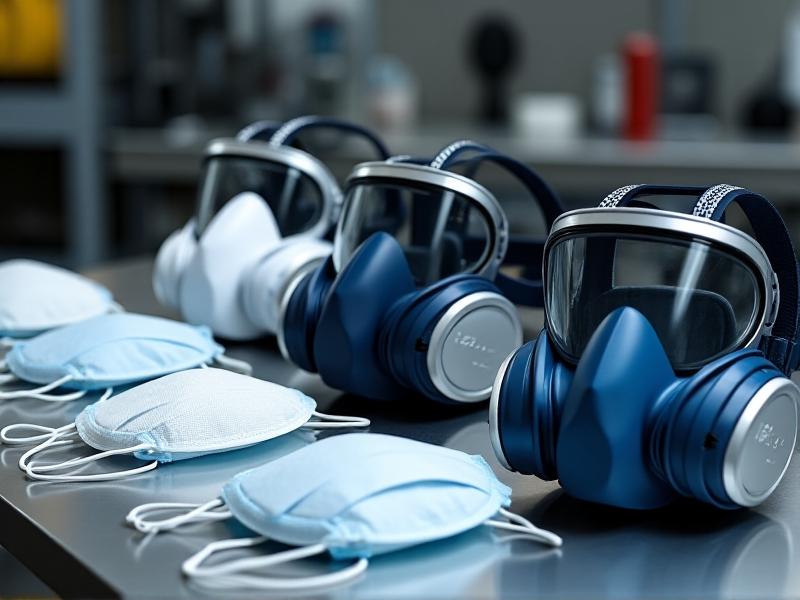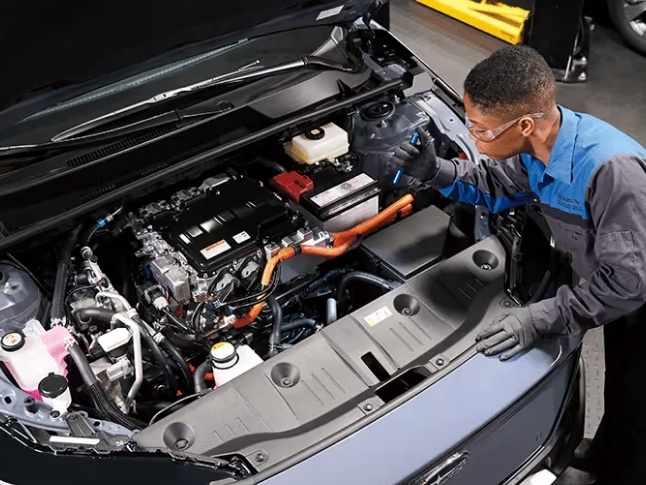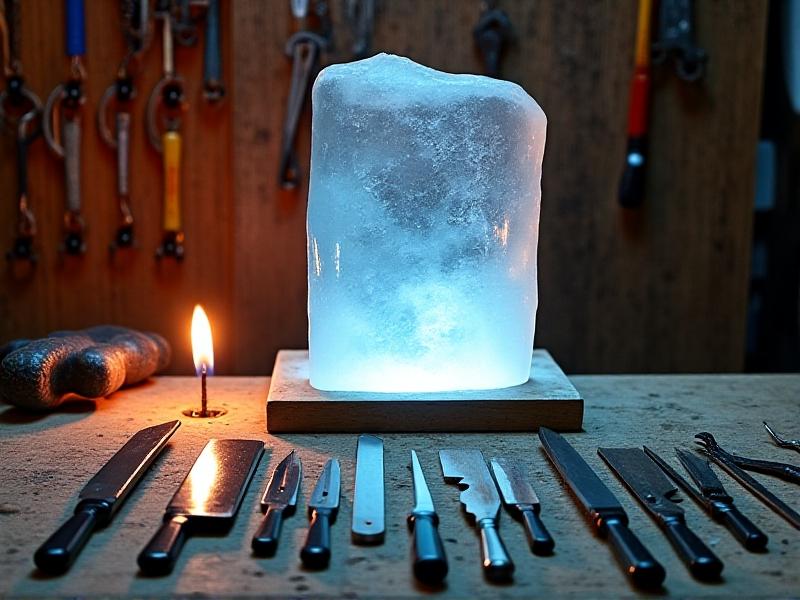Respiratory Protection in Confined Carving Spaces
Understanding the Risks of Confined Carving Spaces
Confined spaces, such as those found in woodworking or stone carving workshops, present unique challenges for respiratory health. These environments often have limited ventilation, which can lead to the accumulation of dust, fumes, and other airborne contaminants. Prolonged exposure to these substances can cause serious health issues, including respiratory infections, lung damage, and even long-term conditions like silicosis or asthma. Understanding these risks is the first step toward implementing effective respiratory protection measures.
In confined carving spaces, the primary sources of respiratory hazards include fine particulate matter from materials like wood, stone, or metal, as well as chemical fumes from adhesives, paints, or solvents. The confined nature of these spaces exacerbates the problem, as contaminants are not easily dispersed. Workers in these environments must be aware of the specific hazards associated with their materials and processes to take appropriate precautions.

Types of Respiratory Hazards in Carving Environments
Respiratory hazards in carving environments can be broadly categorized into particulate matter, chemical fumes, and biological contaminants. Particulate matter, such as wood or stone dust, is one of the most common hazards. These tiny particles can be inhaled deeply into the lungs, causing irritation and long-term damage. Chemical fumes, often released during the use of adhesives, paints, or solvents, can be equally harmful, leading to respiratory irritation, dizziness, or even toxic exposure.
Biological contaminants, though less common, can also pose a risk, especially in environments where organic materials are used. Mold spores, bacteria, or fungi can thrive in damp or poorly ventilated spaces, leading to respiratory infections or allergic reactions. Identifying the specific hazards in a given workspace is crucial for selecting the right respiratory protection equipment and strategies.

Choosing the Right Respiratory Protection Equipment
Selecting the appropriate respiratory protection equipment (RPE) is essential for safeguarding workers in confined carving spaces. The choice of RPE depends on the type and concentration of contaminants present, as well as the duration of exposure. Common options include disposable dust masks, half-face respirators, full-face respirators, and powered air-purifying respirators (PAPRs). Each type offers varying levels of protection and comfort, making it important to match the equipment to the specific needs of the workspace.
Disposable dust masks are suitable for environments with low levels of particulate matter, while half-face respirators with replaceable filters provide better protection against higher concentrations of dust and fumes. Full-face respirators offer comprehensive protection, covering the eyes and face, and are ideal for environments with chemical fumes or hazardous gases. PAPRs, which use a battery-powered fan to deliver filtered air, are particularly useful for prolonged work in highly contaminated spaces.

Proper Use and Maintenance of Respiratory Equipment
Effective respiratory protection requires more than just selecting the right equipment; it also involves proper use and maintenance. Workers must be trained on how to correctly fit and wear their respiratory protection devices to ensure a secure seal and maximum effectiveness. Regular fit testing is essential to confirm that the equipment provides adequate protection, especially for respirators that rely on a tight seal.
Maintenance is equally important. Filters should be replaced according to the manufacturer’s guidelines or when they become clogged or damaged. Respirators should be cleaned and stored properly to prevent contamination or degradation. Neglecting these steps can compromise the effectiveness of the equipment, putting workers at risk.
Improving Ventilation in Confined Carving Spaces
While respiratory protection equipment is crucial, improving ventilation in confined carving spaces can significantly reduce the concentration of airborne contaminants. Natural ventilation, such as opening windows or doors, is the simplest method, but it may not be sufficient in all cases. Mechanical ventilation systems, such as exhaust fans or air purifiers, can provide more effective control of dust and fumes.
Local exhaust ventilation (LEV) systems are particularly effective for capturing contaminants at the source, such as near a carving station or sanding area. These systems use hoods or ducts to draw in contaminated air and filter it before releasing it back into the environment. Combining proper ventilation with respiratory protection creates a safer and healthier workspace for carving professionals.
Training and Awareness for Respiratory Safety
Training and awareness are critical components of respiratory safety in confined carving spaces. Workers must understand the risks associated with their environment and the importance of using respiratory protection equipment. Regular training sessions should cover topics such as identifying hazards, selecting and using RPE, and recognizing the signs of respiratory distress.
Employers should also foster a culture of safety by encouraging workers to report unsafe conditions or equipment malfunctions. Providing easy access to safety resources, such as guidelines, checklists, and contact information for health professionals, can further enhance awareness and compliance. A well-informed workforce is better equipped to protect themselves and their colleagues from respiratory hazards.
Legal and Regulatory Considerations
Respiratory protection in confined carving spaces is not just a matter of best practices; it is also governed by legal and regulatory standards. In many countries, occupational health and safety regulations require employers to assess workplace hazards, provide appropriate respiratory protection, and ensure proper training and maintenance. Compliance with these standards is essential to avoid legal liabilities and protect workers’ health.
Regulations may also specify permissible exposure limits (PELs) for various contaminants, which dictate the maximum allowable concentration in the workplace. Employers must monitor air quality and take corrective actions if these limits are exceeded. Staying informed about relevant laws and regulations helps ensure that respiratory safety measures are both effective and legally compliant.
Innovations in Respiratory Protection Technology
Advancements in respiratory protection technology are continually improving safety in confined carving spaces. Innovations such as smart respirators, which monitor air quality and provide real-time feedback, are becoming increasingly available. These devices can alert workers to unsafe conditions or remind them to replace filters, enhancing both safety and convenience.
Another emerging trend is the use of lightweight, ergonomic designs that improve comfort and usability without compromising protection. Materials that are more durable and easier to clean are also being developed, reducing maintenance efforts and extending the lifespan of respiratory equipment. Keeping up with these innovations can help carving professionals stay ahead of respiratory hazards.
Building a Comprehensive Respiratory Safety Plan
A comprehensive respiratory safety plan is essential for protecting workers in confined carving spaces. This plan should include hazard assessments, equipment selection, training programs, and regular monitoring and maintenance. It should also outline emergency procedures for situations where respiratory hazards exceed safe levels, such as evacuations or medical interventions.
Employers should involve workers in the development and implementation of the safety plan to ensure it addresses their specific needs and concerns. Regular reviews and updates are necessary to adapt to changes in materials, processes, or regulations. A well-designed safety plan not only protects workers but also enhances productivity and morale by creating a safer and more comfortable work environment.








